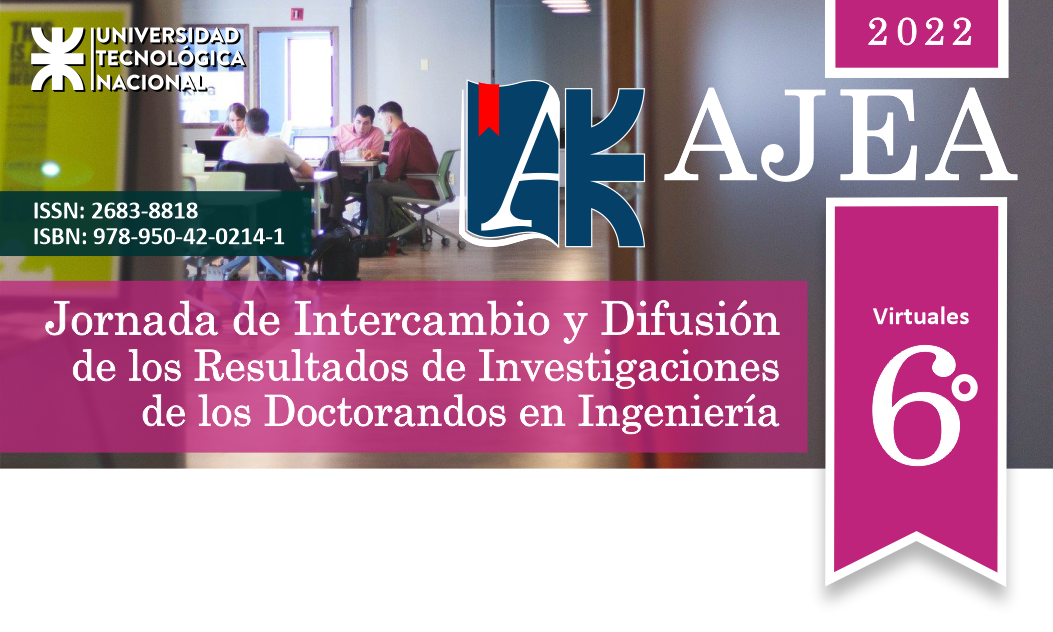Desarrollo de nanomateriales basados en carbono y óxidos de hierro mesoporosos con propiedades magnéticas avanzadas y fotosensibilidad bajo radiación UVA-Vis
DOI:
https://doi.org/10.33414/ajea.1111.2022Palabras clave:
Materiales Nano-Estructurados, Especies Magnéticas y Fotosensibles, Degradación fotocatalíticaResumen
En este plan se propone diseñar, sintetizar y caracterizar nanoestructuras basadas en óxidos de hierro mesoporosos, así como soportes de carbono mesoporoso como nanoreactores para el desarrollo de nanoespecies de hierro, en la búsqueda de sólidos con propiedades magnéticas específicas y fotosensibilidad desplazada hacia la región visible del espectro. Se prevé que sólidos con estas características puedan ser eficazmente aplicados en Procesos Avanzados de Oxidación para degradar contaminantes orgánicos en agua (fármacos o clorofenoles) mediante su activación con radiación UVA-Vis que promueva la generación de radicales oxidantes con una utilización más eficiente de la luz solar. En sentido, existen principalmente dos rutas para sintetizar óxidos no silíceos mesoporosos ordenados: "soft-templating" o moldeado suave y "hard-templating" o moldeado duro. En la ruta de moldeado suave, el proceso de síntesis involucra el uso de surfactantes o co-polímeros de bloque como plantillas blandas, mientras que en la ruta de moldeado duro se usan como plantillas matrices mesoporosas ordenadas. Ambas rutas de síntesis serán aplicadas para la obtención de los materiales.









